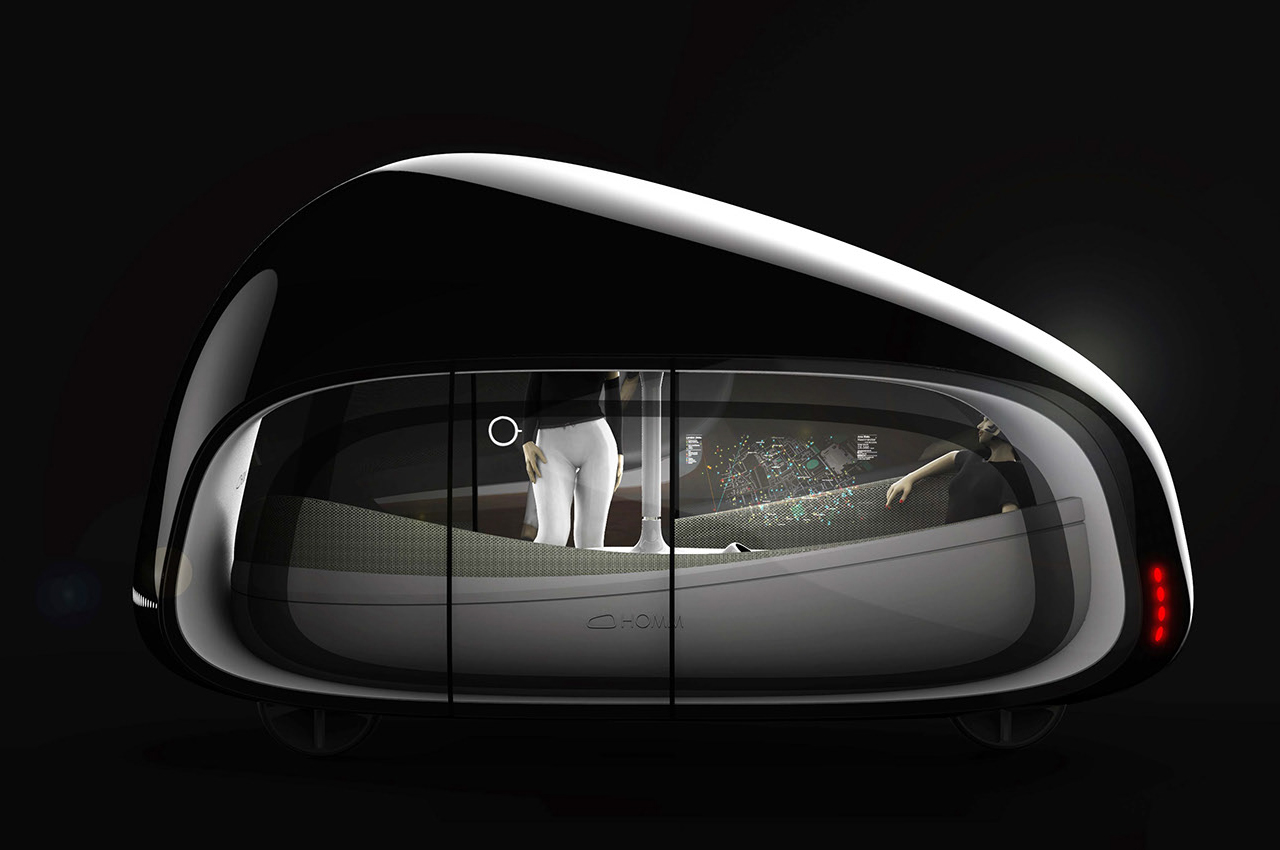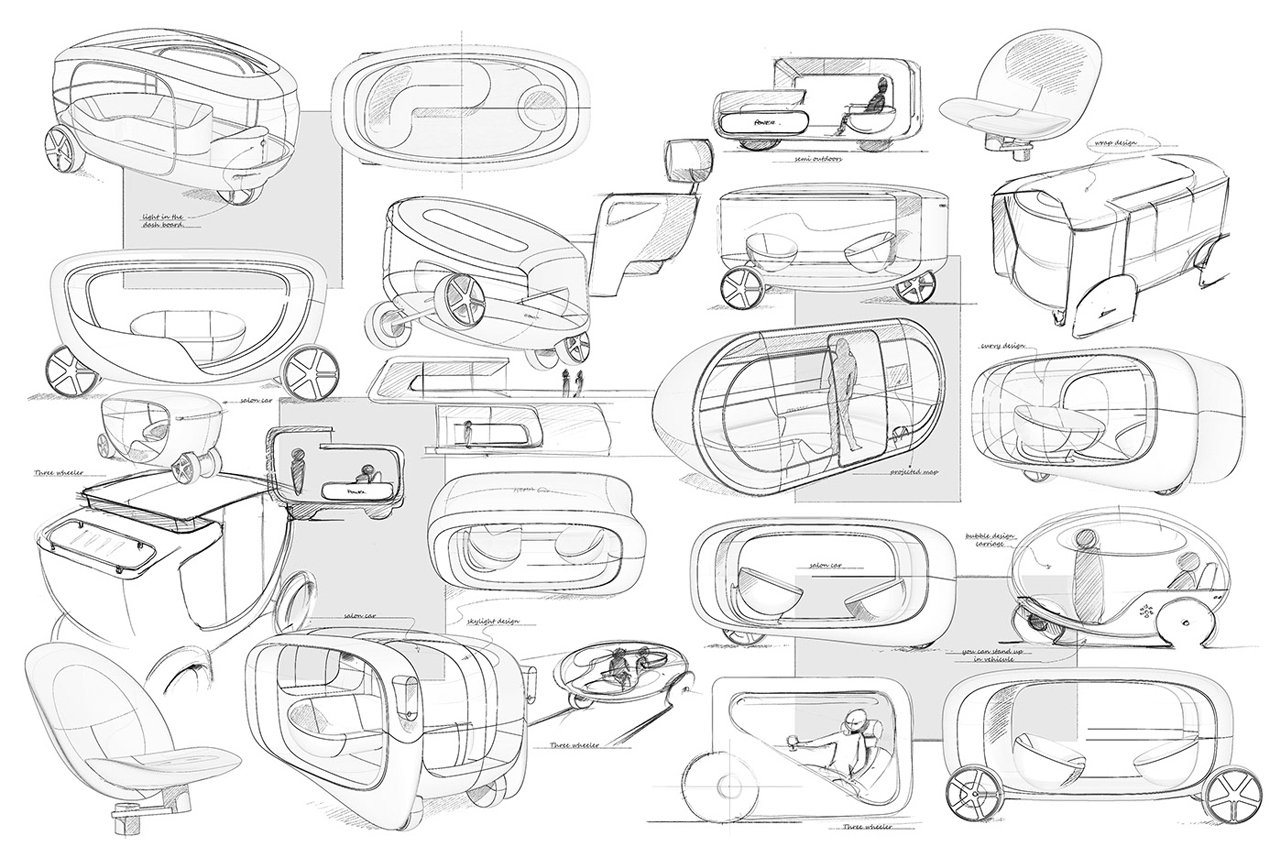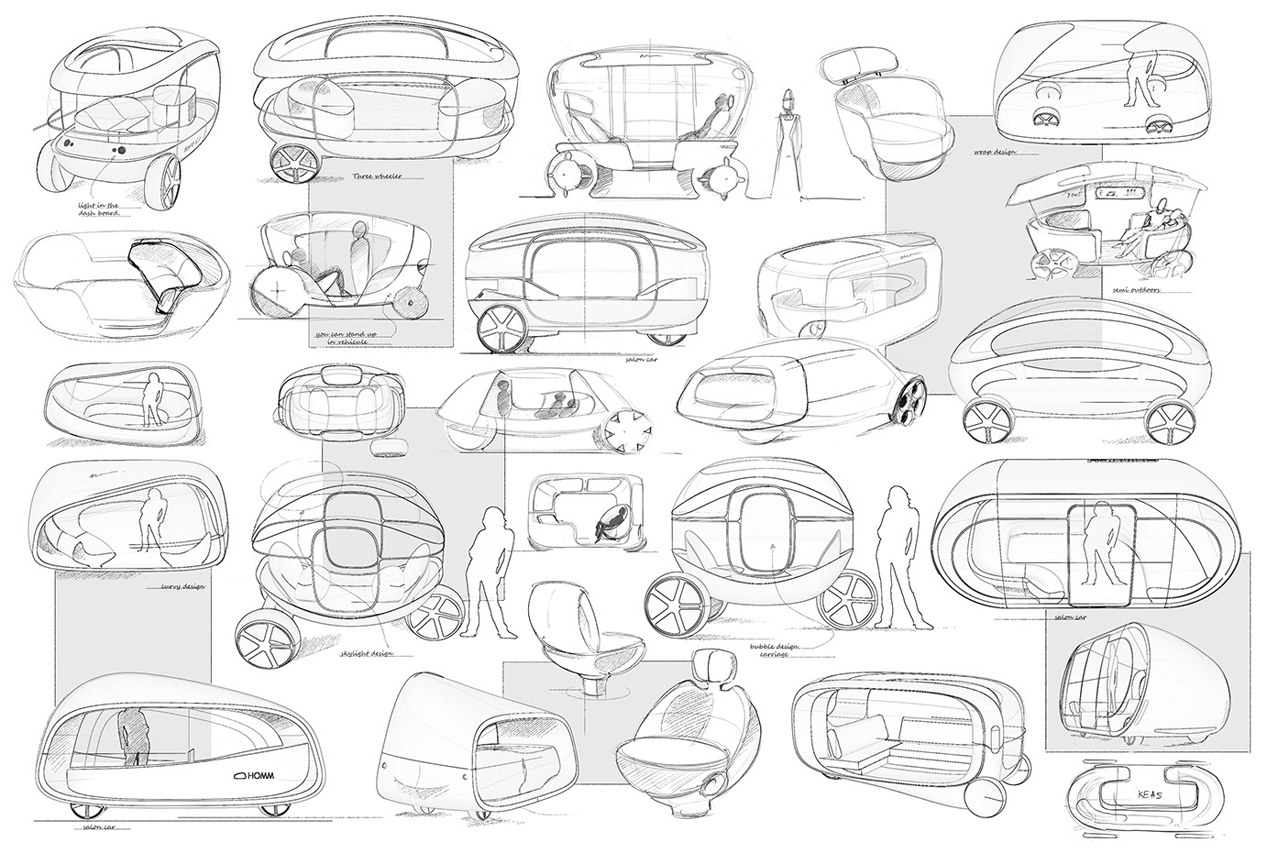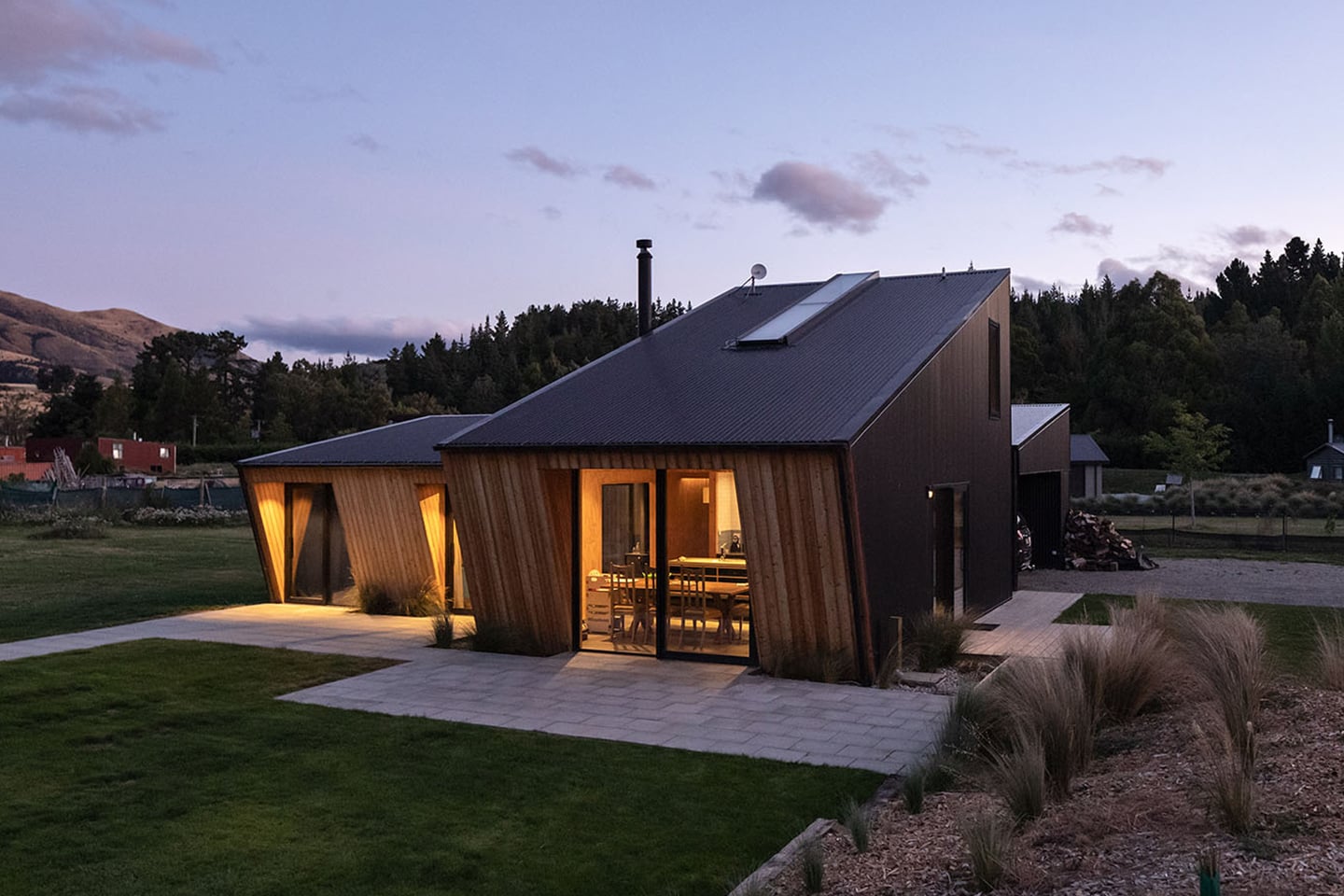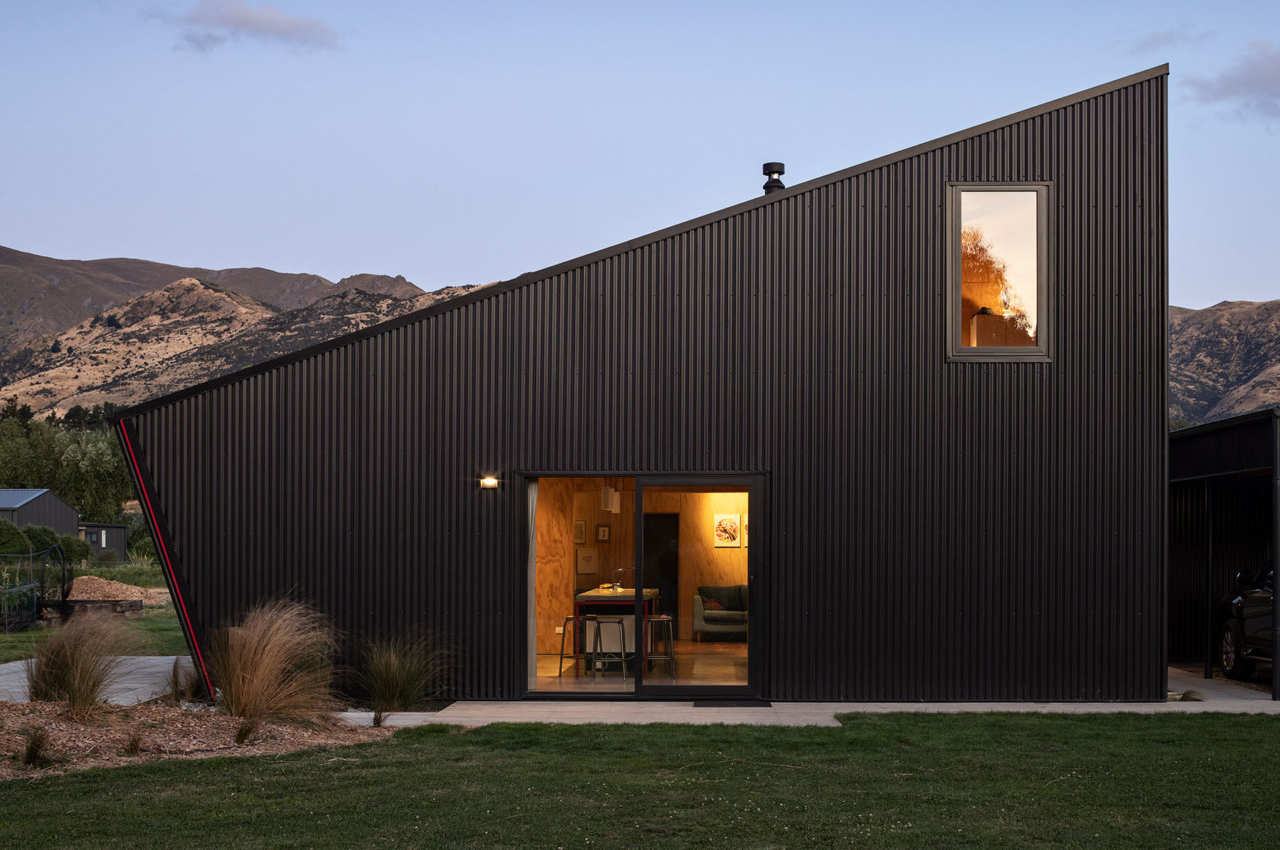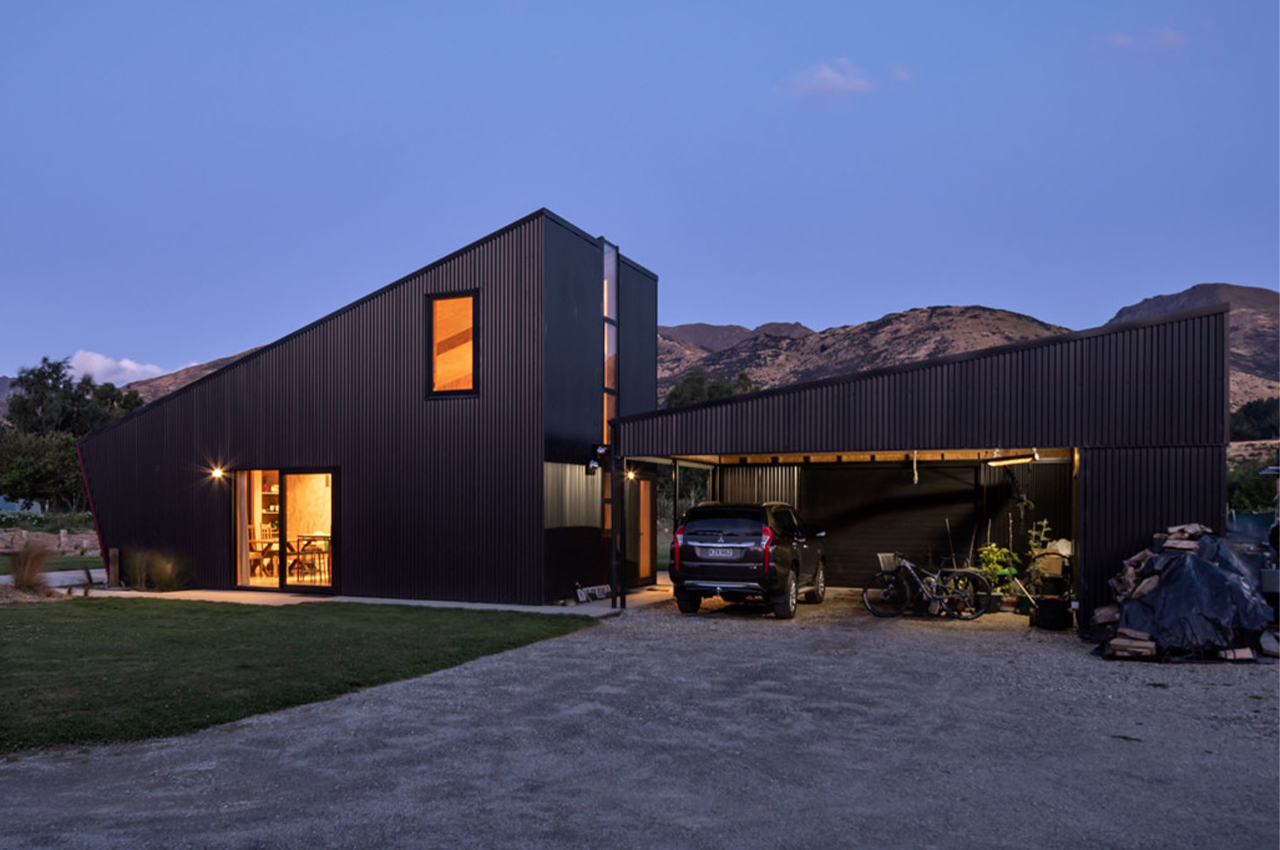
There is no second thought about the future of mobility being fully autonomous, providing a sustainable and predictably safer way for people to move about at the touch of a button. When the future is here, we could have autonomous experience pods gliding on the roads with interiors alterable at will.
Future casting is a term used loosely to imagine whatever the will permits in order to stay ahead of the curve. But thoughtful designers are not liberal about the idea; they deliver upon concepts that set a base for getting things right in the future. They do not predict the future, they make tech and innovation flow in mannerisms best suited to grab people’s imagination and make their lives better in the future. The ease with which such artists and designers put forward an idea that could be a norm in the future leaves me perplexed every single day. It’s the interesting part of my job but things really become overwhelming with designs like the HOMM Autonomous Experience Pod that intends to make people’s lives better in more ways than one.


Leveraging upon the concept of autonomous vehicles – akin to the Volkswagen’s Sedric concept car – that sense their environment and operate without any human intervention; the HOMM envisions the future of such AVs as Experience Pods. The basic intention of the HOMM AV concept is to propose possibilities of how the space within a Pod-like autonomous vehicle can be used with greater flexibility. To give people various possibilities to conjure up their own layout, the HOMM starts out as a black canvas that can be customized for an unprecedented experience.

Since carmakers realize that autonomous vehicles are the future of transportation, they are shaping how the future would look like. In that scenario, the HOMM experience pods fit well for a reason: the pod-like design is not too far from how the Volvos, Toyotas or even Volkswagens foresee the future. Where it differs though is its three-wheeled design and the option to modify the interiors at will. This democratization of space permits users to plan a layout from select specific interiors. For this new concept of urban mobility (considering the three-wheel design will limit it to well-designed roads) and honoring an interconnected relationship between people occupying the vehicle, NOMM arrives with five presets. The pod experience can be tailored effortlessly for a kinetic tour, mobile party, multi-living, solitude or for work and adventure.


Before the AV’s are radically changed, we must contemplate the real-world scenario where the complexity and nature of our roads have rendered full anatomy in transportation still a dream we are chasing. But this distraction should not sway us to believe otherwise. Someday a large part of humanity would be traveling in driverless vehicles, and if those will allow the occupants to change the interiors to suit their travel – no other future can be more inviting!
Designers: Rodney Loh, Thomas Tellier, Jexter Lim, Sim Hao Jie, Winnie Lim
